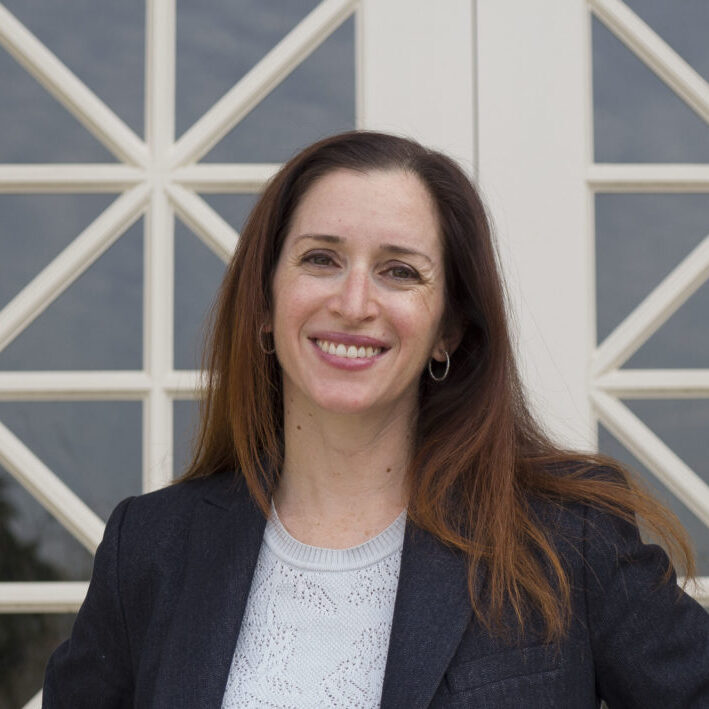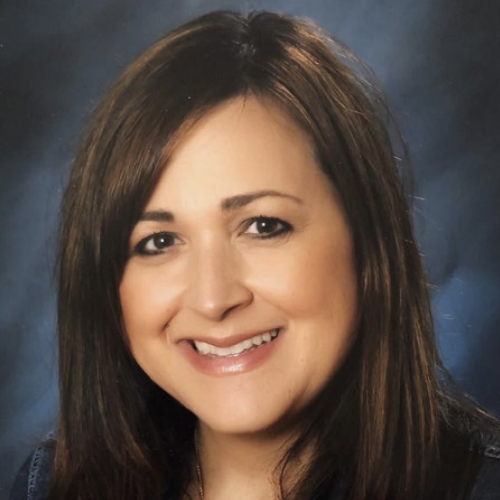
- This event has passed.
Accelerating Equitable Learning Recovery Post-COVID: A Few Big Bets, Part II

This session reprised the CGLR component of a recent Education Week Leadership Symposium and built on the June 1 session’s exploration into “big bet worthy” programs and strategies that can deliver transformative change to accelerate learning recovery for children in economically disadvantaged families. This week’s learning and engagement opportunity highlighted digital equity and EdTech-enabled teaching and learning as an intertwined big bet.
The session opened with a conversation between Jean-Claude Brizard of Digital Promise and John Gomperts, CGLR Senior Fellow, as they discussed the need for digital equity to be a precondition and precursor to achieving the full potential of education technology, lifting up the roles that schools, local funders and partners and families can play to address existing inequities. Afterwards, Eirene Chen of Khan Academy moderated a panel conversation as Vikki Katz of Rutgers University, John Ferguson of The Patterson Foundation’s Digital Access for All initiative, and Victoria Saylor of Common Sense Media discussed families’ experiences over the past year and solutions to the digital learning gap.
Katz shared insights from her recent survey of lower-income families with children, noting that families gained a deeper understanding of their children as learners and became more comfortable communicating with teachers and assisting with homework. Despite significant gains in the access to devices and internet since 2015, she stressed that many families remain “under-connected” with connections, devices and tech support that are inconsistent and insufficient to meet children’s learning needs.
The panelists agreed that digital equity requires more than access to devices and connectivity, stressing the importance of technical assistance and training for families in how to utilize the technology, training for educators in how to integrate the technology into the classroom and high-quality content. Ferguson explained how “digital navigators” can assist families in accessing and utilizing technology, offering examples of community organizations that are embedding this approach into their existing programs. Saylor described the wide array of educational resources that Common Sense Media has developed to support families and educators during the past year, including academic, social-emotional and social justice content delivered via text and USB drives.
Acknowledging the progress made to increase access over the past year and the infusion of federal funding to expand broadband access this year, they stressed that consistent and ongoing funding and work will be required to ensure under-connected families have full access, noting the roles that local funders and partners can play in advocating for funding and coordinating efforts. Without consistent and sustained efforts to increase digital equity, they noted that education technology could exacerbate existing opportunity gaps rather than close them.
Panel







